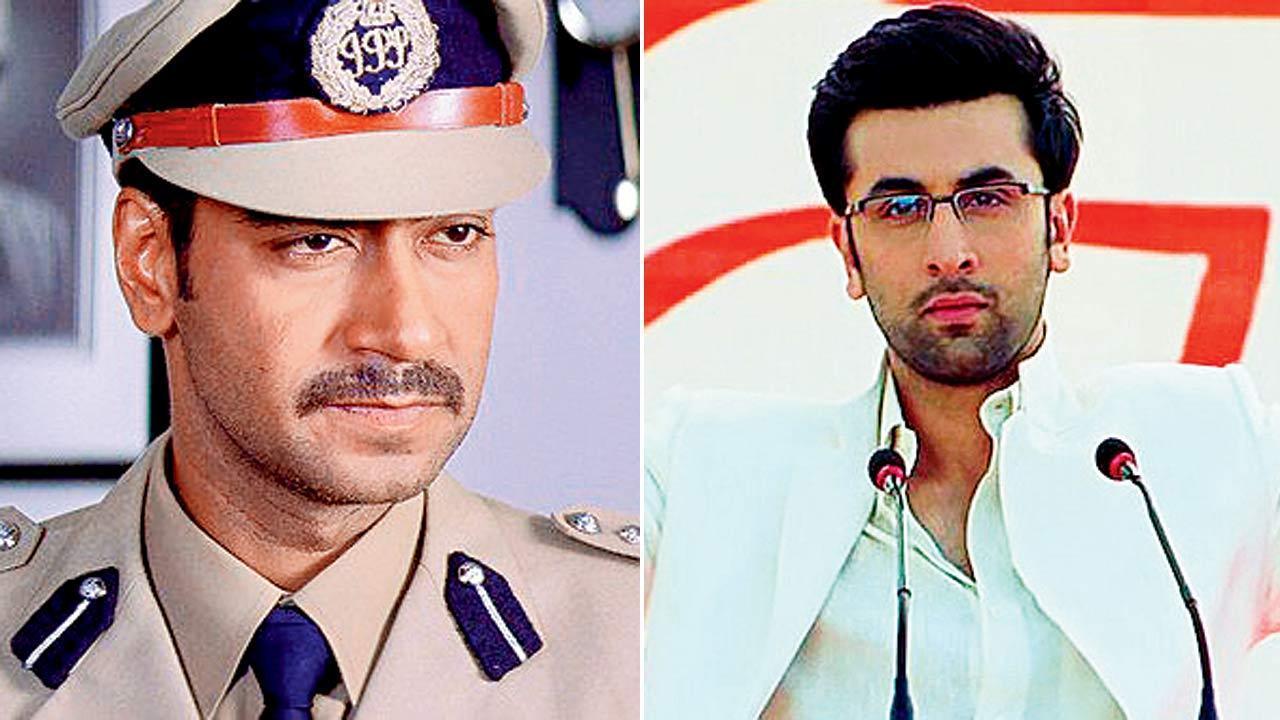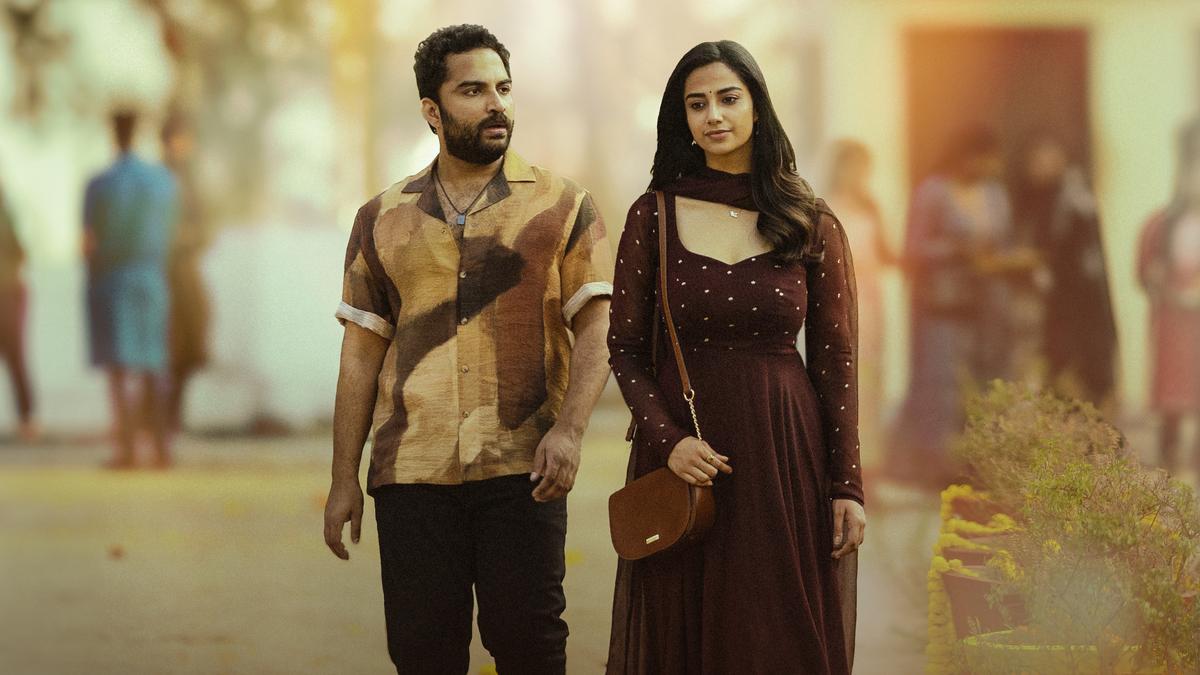
Anoushka Maskey’s 2020 song ‘September Embers’ has all the makings of an international hit. The folk-pop tones possess a global appeal, and with over 128,000 streams on Spotify, it has undoubtedly found its audience. Interestingly, this song was not crafted in a sophisticated, high-end studio, but rather with producer Pranay Bakshi, also known as Cosmic Grooves, at his home studio. The Sikkim-origin, Mumbai-based singer-songwriter, who initially began by recording guitars and ukulele through a USB microphone on her MacBook, has gradually upgraded to a modest set-up, equipped with monitor speakers, an electric guitar, a MIDI keyboard, and a condenser microphone. “For me, there is no longing for a time in the future when I’ll have more equipment or resources. All the resources are already there,” states Maskey.
Meanwhile, down south in Kerala, indie artist Haniya Nafisa commands an impressive following of over 1,86,000 monthly listeners on Spotify, with a portion of her over 300,000 Instagram followers being captivated by her homemade covers of popular songs. With several film songs credited to her name, she can invoke the intimacy of a lo-fi electronic pop sound on tracks like ‘U good?’. Nafisa explains, “The quality of music or an artist is not dependent on the resources,” highlighting that she recorded ‘U good?’ in her bedroom in collaboration with Gujarat-origin artist Krameri and Kerala producer 6091.
A genre-wise exploration of bedroom studio artists reveals a predominance of pop, lo-fi, indie-folk, and hip-hop. These styles perhaps thrive in such environments because they don’t typically require live recorded drums (as rock or metal might need) or full string sections often demanded by more ambitious pop. All elements can be sourced via beat packs, sound libraries, plug-ins, and digital audio workstations.
Bedroom-produced music is not a new phenomenon. It traces back to the 1960s, with the Beach Boys, who recorded what are now considered the first two ‘lo-fi’ albums in 1967, and extends to punk bands, the No Wave genre, and later, hip-hop producers. As with all movements in art, the cyclical nature of trends is evident. Over the last decade, the digitization of music-making and distribution has reinforced this trend, and the pandemic accelerated the DIY music movement, particularly among Indian musicians.
These artists follow in the footsteps of international performers like slacker rock artist Mac DeMarco, singer-songwriter Billie Eilish—whose Grammy-winning album, *When We All Fall Asleep, Where Do We Go?*, was recorded in her brother’s bedroom—and British singer Kenya Grace. Grace’s electronic-pop track ‘Strangers’, from her 2023 album *The After Taste*, recorded entirely in her Hampshire bedroom, went viral and topped the Billboard Dance/Electronic Songs chart last October.
Closer to home, Indian artists recognize the practical and economic benefits of producing their own music. What once was purely driven by a lack of resources is now a creative choice, providing artists with control over every production aspect. “How I use what I have and how I collaborate with my community makes all the difference,” Maskey points out.
UK-based Arjuna Harjai, dubbed the One Minute Composer, exemplifies this shift.
. Through his YouTube series, where he brainstorms song ideas with his wife Divya Harjai at his home setup, he claims he is “rediscovering the joy of music-making.” Launched this January, the series, inspired by subscriber demands for innovation, presents music in a raw, vlog-like manner. It has led to viral songs like ‘Winter ayun waliye’ and ‘Mangoge na?’, which have amassed over 857,000 and 67,000 views on YouTube respectively.
The democratization of technology and the internet has provided artists with access to a vast array of music-making gadgets—think digital audio workstations such as Steinberg Cubase and affordable, compact recording equipment. Grace has acknowledged her reliance on intuition and YouTube tutorials to master Logic recording software for *The After Taste* album.
For those aiming to scale up, numerous music distributors offer extended reach through editorial playlist placements, AI-assisted marketing tools, and opportunities to pitch to music festivals. Nafisa, whose song ‘U good?’ features in Spotify’s Malayalam Indie playlist, shares, “After talking to a few artist friends, I found that DistroKid [an independent digital music distribution service] is affordable.” She appreciates that it is user-friendly and grants artists significant autonomy. It operates on an annual fee, allowing artists to release content at their discretion.
In Bengaluru, Rudy Mukta, a Toto Music Award-winning singer-songwriter, is also contemplating a more extensive setup. “I like the idea of gradually building up and learning about home studio equipment,” shares Mukta, who started with a friend’s iPad. However, she aspires to incorporate more live instrumentation into her songs, necessitating professional intervention.
Despite the empowerment from technology, artists remain cautious about music distribution companies, as they often charge extra for additional services or take a cut from streaming revenues. Nevertheless, companies such as Gurgaon-based MADverse justify their pricing. Found and CEO Rohan Nesho Jain elaborates that they provide tools to support the DIY ethos of bedroom musicians, including an AI art cover generation tool and data-driven insights to help artists understand their audience and refine their strategies. With over 51,000 artists from 60 countries signed up, primarily producing pop and indie music, MADverse has also seen substantial contributions from hip-hop and rap artists.
Ritnika Nayan, the founder of MGMH, offers a distinct approach with their year-old company. Last month, they launched the distribution service MGMH Groove, aiming to assist artists in getting their music on Spotify editorial playlists, organizing tours, and placing songs in TV shows or movies. Nayan hopes to empower artists without requiring exclusive label contracts, with 15 releases and over 25 accounts signed in their first week.
Artists have their aspirations too. Doha-raised Indian singer-songwriter Govind Thampi, known as Thumpii, desires “more reliable ways of sending your music to playlist editors and other promotion partners.” As the number of bedroom artists continues to rise, they will increasingly set more terms for distributors.










